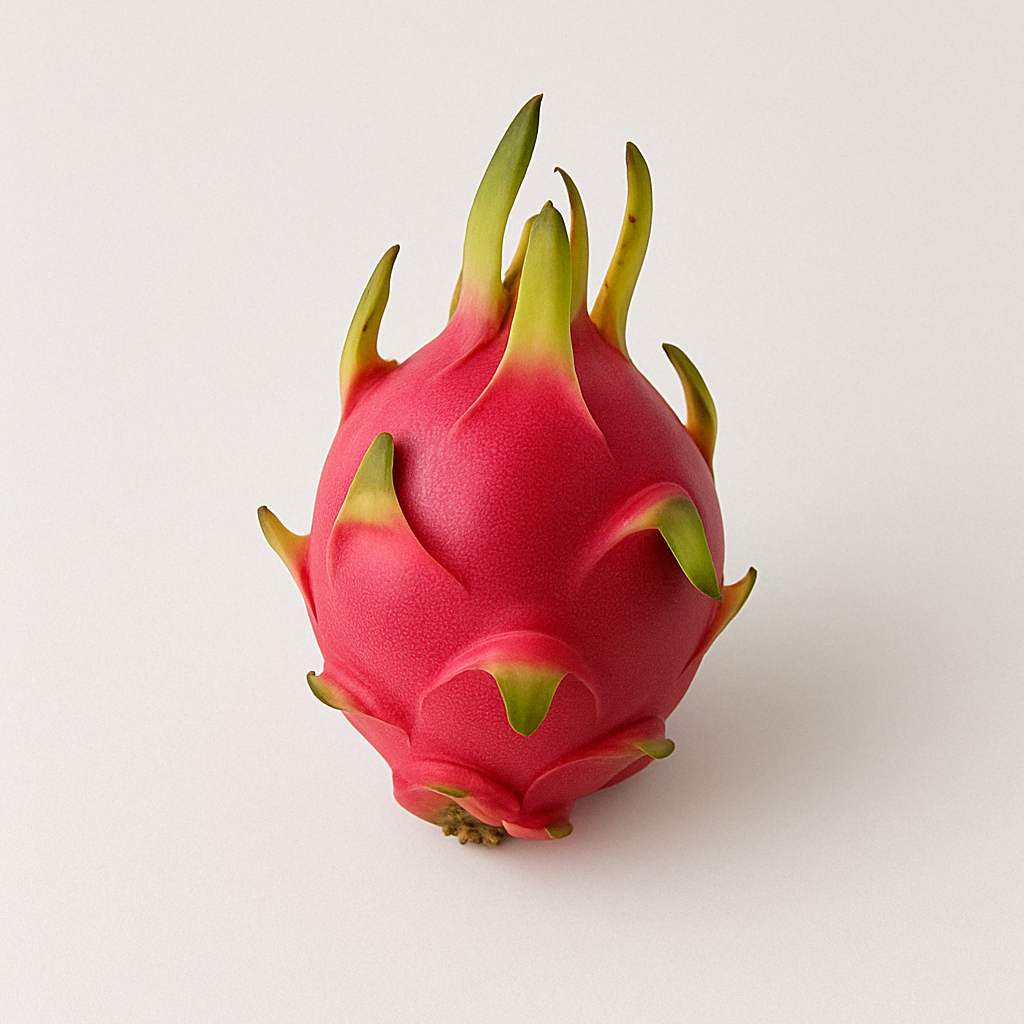
신선 용과 from 에콰도르
Featured suppliers
/132x132/company-logo/0a/21/15/0a211583841d0bbb332fa4aea98f099f354e32f6/sangay_foods.jpg)
About this market
About
History
Dragon fruit was introduced to Ecuador in the late 1990s and early 2000s through pilot projects and small-scale cultivation efforts. Initially, production was concentrated in Guayas and Manabí for local consumption. The crop quickly gained traction due to its adaptability, market potential, and profitability for smallholder farmers. By the 2010s, Ecuador began exporting significant volumes to the US and Europe, followed by access to Asian markets like China and South Korea in recent years. Today, Ecuador is among the top exporters of yellow dragon fruit globally.
Production Regions
Dragon fruit production in Ecuador is centered in tropical lowland and subtropical foothill zones:
- Palora (Morona Santiago, Amazon Region): The most renowned pitahaya-producing area in Ecuador, known for high-sugar content fruit.
- Manabí Province: A major producing region in the coastal zone, focused on export-quality fruit.
- Guayas Province: One of the earliest regions to adopt dragon fruit farming, now shifting to more export-oriented cultivation.
- Los Ríos & Santo Domingo de los Tsáchilas: Emerging areas investing in production and post-harvest facilities.
Growing Conditions
Dragon fruit is well-suited to Ecuador’s diverse agroclimatic zones:
- Climate: Thrives in warm tropical climates with seasonal rainfall.
- Temperature: Ideal range of 18–30°C, with good tolerance to heat.
- Rainfall: Prefers 1,000–2,000 mm annually, but requires good drainage to prevent root rot.
- Soil: Grows best in sandy loam or volcanic soils with pH between 5.5 and 7.0.
- Altitude: Typically grown from sea level to 1,200 meters.
Harvesting Process
Harvesting is carried out manually with careful handling:
- Maturity Indicators: Skin color changes to bright yellow or red; spines dry and fall off.
- Harvesting Method: Manual picking using gloves and clippers to avoid damaging the skin.
- Post-harvest Handling: Fruits are cleaned, sorted, and packed in ventilated boxes for export. Grading focuses on size, appearance, and absence of defects.
Cultivation Method
Ecuadorian farmers use increasingly modern techniques:
- Trellising Systems: Plants are supported by concrete or wooden posts to maximize light and airflow.
- Irrigation: Drip irrigation is widely used, especially during dry seasons.
- Pollination: Often requires hand pollination, especially for yellow varieties, which bloom at night.
- Pest & Disease Control: Focus on integrated pest management (IPM) to control fruit borers and fungal infections.
- Fertilization: Application of organic matter and controlled fertilizers to enhance yield and sweetness.
Supply Chain
The Ecuadorian supply chain is becoming more structured:
- Smallholders & Cooperatives: Many producers are small-scale but increasingly organized into associations.
- Export-Oriented Farms: Larger plantations with GAP certifications cater directly to foreign buyers.
- Cold Chain Infrastructure: Limited but expanding with growing export volumes.
- Key Export Routes: Export shipments depart via Guayaquil and Quito, using air and sea freight.
Local Logistics
- Transport: Dragon fruit is transported via refrigerated trucks from farms to packhouses and ports.
- Packhouses: Located in key producing regions; equipped for cleaning, grading, and cooling.
- Export Ports: Port of Guayaquil (main sea freight hub), Quito Airport (for air shipments to the US and Europe)
Regulations and Certifications
To ensure market access, Ecuador complies with strict standards:
- Phytosanitary Certifications: Required for US, China, and EU markets.
- Ecuadorian Good Agricultural Practices (BPA): National standard equivalent to GlobalG.A.P.
- GlobalG.A.P. Certification: Increasing among export farms targeting high-value markets.
- Traceability Systems: Required by EU and US buyers.
Quality Standards
Export-quality dragon fruit must meet:
- Size: Typically 200–400g per fruit, depending on variety.
- Skin Appearance: Uniform color, no sunburn, cracks, or mechanical damage.
- Brix Level: Minimum 18° for yellow dragon fruit.
- Firmness: Medium-firm at harvest to allow ripening during transport.
Trade Terms
- MOQ (Minimum Order Quantity): Typically 2–5 metric tons for air shipments, 10+ metric tons for sea containers.
- Incoterms: FOB (Guayaquil), CIF (Miami, Amsterdam, Shanghai).
- Payment Methods: Letters of credit, bank transfers, export financing options.
Environmental and Social Impacts
Dragon fruit farming offers sustainable growth potential:
- Low Water Use: Compared to other fruits, dragon fruit is water-efficient.
- Agroecology: Often grown on marginal lands, reducing pressure on forests.
- Employment: Provides income for smallholders and indigenous communities in Amazonian regions.
- Challenges: Limited access to financing and need for cold chain development.
Uses
Dragon fruit from Ecuador is valued for fresh and processed applications:
- Fresh Fruit: Consumed as-is or in fruit salads, smoothies, and bowls.
- Processed Products: Increasing use in frozen pulp, jams, juices, and nutraceutical powders.
- Functional Food Ingredient: High in fiber, antioxidants, and vitamin C; marketed for digestive and immune health.
Additional Information
- Ecuador exports yellow dragon fruit to over 25 countries, with top markets being the US, Canada, China, Netherlands, and Spain.
- China officially approved imports of Ecuadorian yellow dragon fruit in 2022, creating new growth opportunities.
- Government and industry associations are investing in traceability systems, research, and export promotion to meet rising global demand.
Harvesting seasonality
Varieties
Yellow Dragon Fruit
(Selenicereus megalanthus)
The main commercial variety in Ecuador. High Brix (18–22°), sweet taste, long shelf life, and excellent export quality.
Red Dragon Fruit
(Hylocereus undatus and Hylocereus costaricensis)
Gaining interest for diversification; red-skinned with white or red flesh. Typically lower in sugar and softer in texture.
Export of 신선 용과 from 에콰도르
Export overview
Export trend
Export transactions from 2024
Major exporters of 에콰도르 신선 용과 in 2024





Major importers of 에콰도르 신선 용과 in 2024





Historical export price trends
Verified suppliers
/132x132/company-logo/0a/21/15/0a211583841d0bbb332fa4aea98f099f354e32f6/sangay_foods.jpg)
/132x132/company-logo/96/72/dc/9672dc24397a9042ddd814904a96871b0a445377/Logo.jpg)










